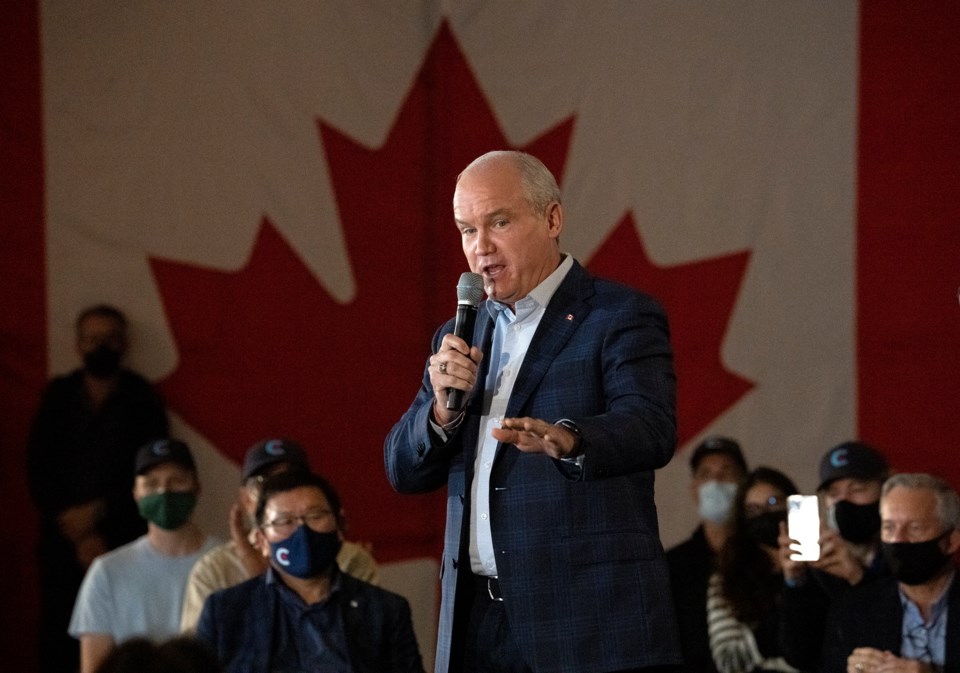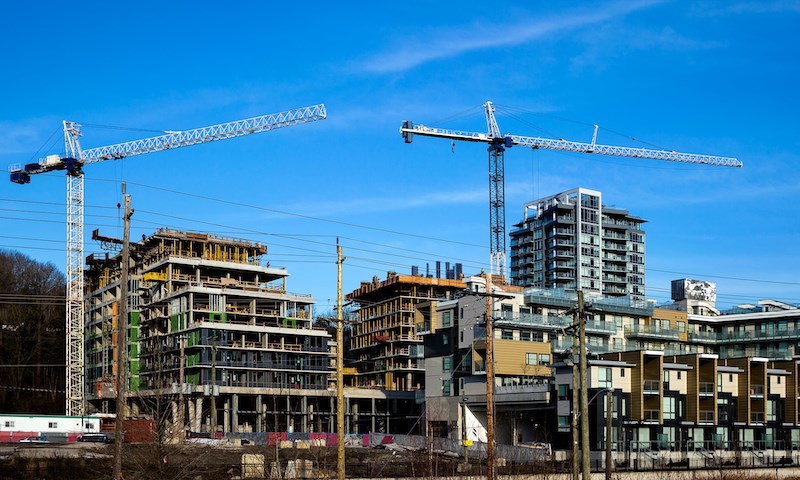The federal election is around the corner. And with the country in a housing crisis, affordable housing is top of mind this election season.
Even though affordable housing is a term governments like to use, its definition isn’t always clear to the average person.
So, what is affordable housing?
It’s housing that costs less than 30 per cent of a household’s income before taxes, according to the Canada Mortgage and Housing Company (CMHC). This definition includes rental housing, ownership, temporary, and permanent housing.
However, recent data from the Canadian Rental Housing Index shows that 40 per cent of households across Canada spend over the CMHC’s threshold on housing. Even so, 20 per cent of households spend over 50 per cent of their income on housing.
This means that major cities like Vancouver, Toronto, and neighbouring cities like Victoria, and Hamilton are severely unaffordable places. This is especially true for young millennials and gen-Zs whose incomes have not increased to match living costs. In addition, millennials continue to make up the largest number of federal student loan borrowers, with gen-Zs not too far behind.
As housing prices continue to increase, despite inflation and income gaps in the country, the three major political Parties have proposed their solutions for ensuring affordable housing for all Canadians.
Increasing public supply
The NDP promised to build at least 500,000 units of affordable housing in the next ten years: co-ops, social and non-profit housing. Half of the proposed units will be completed in five years.
In terms of investing in the public supply of affordable housing, the NDP has the strongest offer, says Alex Hemingway, a senior economist and policy analyst at the Canadian Centre for Policy Alternatives.
But it’s not enough. According to Hemingway, the target is too low.
“In Metro Vancouver alone, we need about 10,000 units of dedicated, affordable housing to be built each year for the foreseeable future. When you break down that NDP target into a single year and then look at B.C.’s proportion of it on a population basis, it's more like 6,500 units in the NDP province (British Columbia).”
But he says it’s more than what the other parties offer.
The Liberals are promising to increase permanent funding to the National Housing Co-Investment fund by $2.7 billion over four years. This fund is a CMHC program that supports non-profit housing development.
Still, Hemingway says it’s not “an overall ambitious target for dedicated, affordable housing.”
The weakest plan comes from the Conservatives, which offers “next to nothing in terms of concrete promises about dedicated, affordable investment,” says Hemingway.
Overall supply of housing
All three parties promise more overall supply of housing.
The NDP promised 1.7 million new or preserved and repaired homes. Similarly, the Liberals promised 1.4 million new or preserved and repaired homes in the next four years. The Conservatives promised 1 million over three years.

But the Conservatives differ from the NDP and Liberals because they’re promising to ensure municipalities build denser housing near transit lines.
In the same spirit as the Conservatives’ housing near transit plan, the Liberals introduced the Housing Accelerator Fund, which would provide municipal governments with extra funding to speed up permit processes for new housing, and implement inclusionary zoning policies.
Housing demand
All three parties have policies to expand access to mortgages or increase tax credits for homeownership.
The NDP are promising to re-introduce 30-year terms to mortgages insured by CMHC on entry-level homes for first-time buyers. This 30-year term will help families make smaller monthly payments. In addition, the party is increasing the Home Buyer’s Tax Credit to $1,500.
The Liberals introduced a new program called Rent-to-Own. This program will allow renters to transition into home ownership with more ease. Also, they’re promising to increase the insured mortgage cut-off from $1 million to 1.25 million.
The Conservatives are promising to improve the stress test and insurance requirements to help people qualify for financing. The party is also hoping to encourage a new market in 7-10 year mortgages, which would provide stability for home buyers and lenders.
And while all three parties have policies to bring more first-time homebuyers into the market, Hemingway says this will only increase inequality.
“We need to get out of that framework of just trying to expand access to credit and double down on various types of tax credits for owned housing. It’s increasing inequality between those on the inside and the outside of the housing market by increasing prices.”
Also, Hemingway explains that these policies, which would increase demand for housing, make it more difficult to build rental housing.
This is “because of big subsidies, like the federal exemption from capital gains tax for all principal residences—houses you live in yourself—that means that for any given, relatively scarce parcel of land where you might want to build a new multifamily building, it's going to be more lucrative to build owned housing, to build strata with benefits from those types of tax breaks.”
What about foreign investors?
Both the Liberals and Conservatives also promised to ban foreign investors from purchasing homes over the next two years, while the NDP proposed a 20 per cent foreign buyers tax.
The ban or taxing would put some downward pressure on prices. But Hemingway argues that “the same principle should be applied to domestic investors in housing.”
He worries that this focus on foreign investment could be a distraction from the more important issue: increasing investment in public affordable housing, and increasing the overall supply of housing.
“We don’t see one coherent overall vision with detailed policies that would move us out of this housing crisis. But we have a useful menu of policies that have been put on the table,” says Hemingway.
“It's encouraging to see that all parties feel they need to give significant attention to the housing crisis in a way that we haven't seen in past federal elections.”



